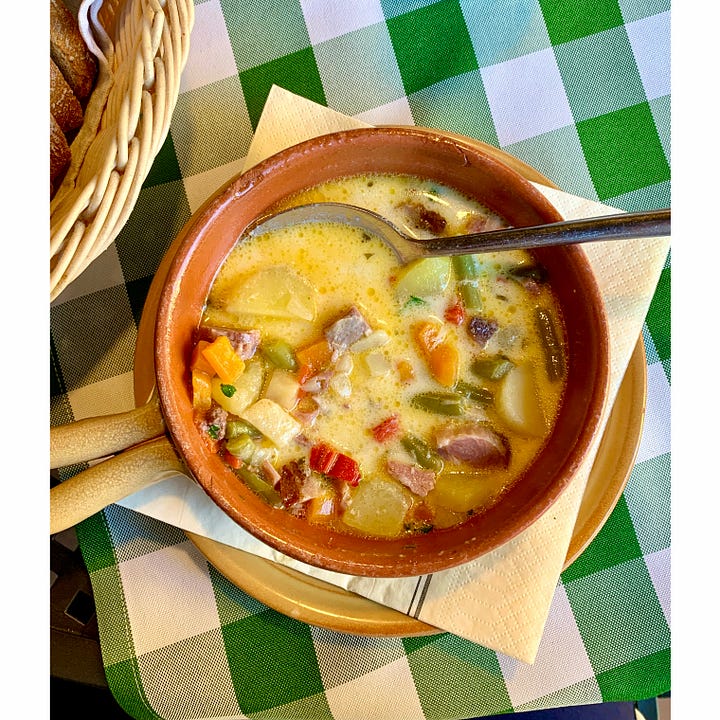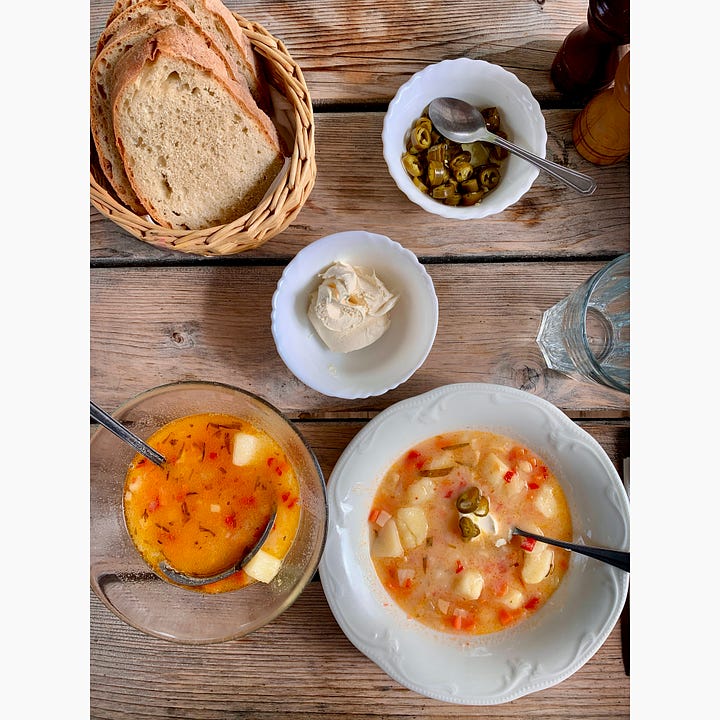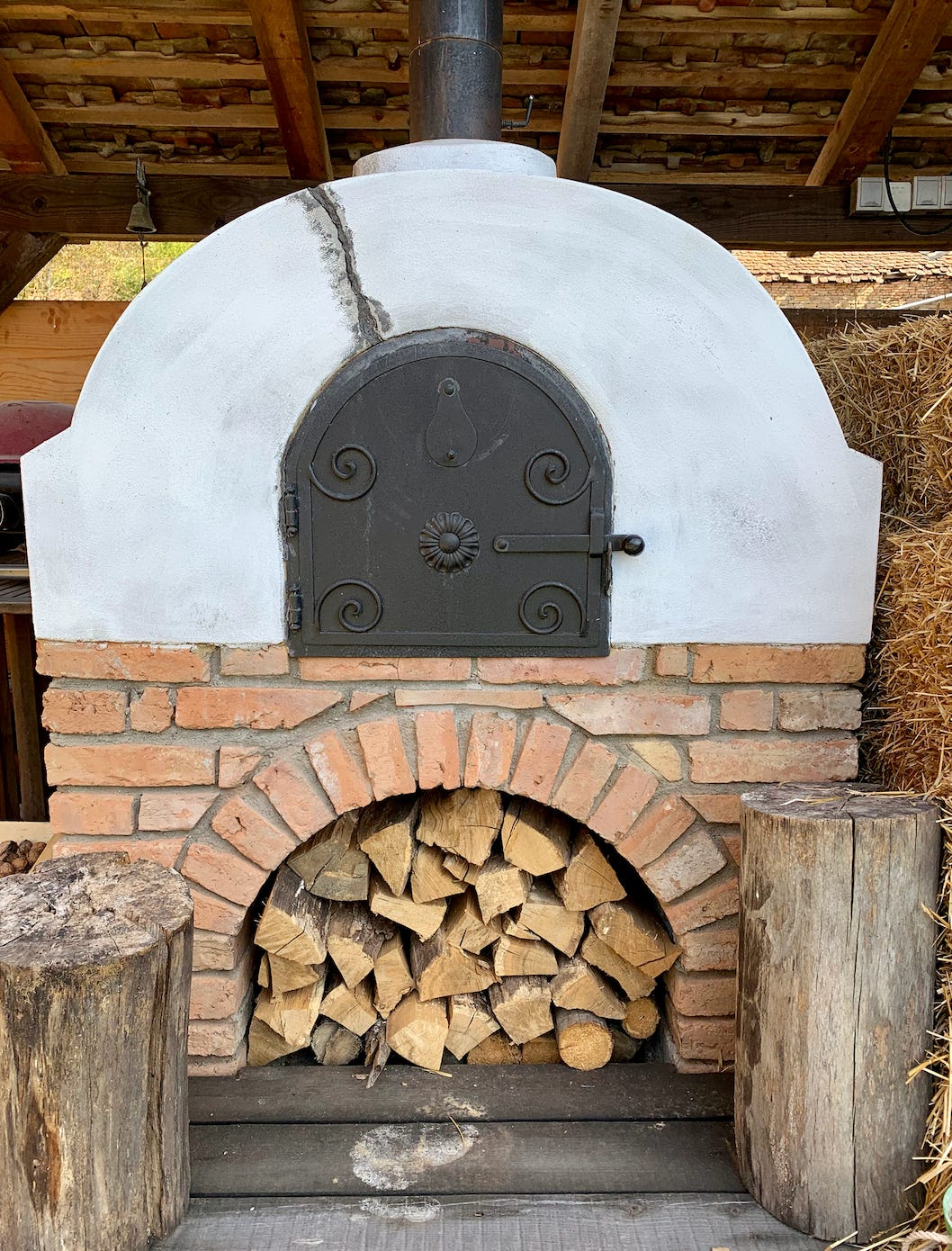Our Culinary Tour in Transylvania is fast approaching
There is a wonderful bond between everyone involved in our culinary tours in Transylvania. From the owners of guesthouses who restored old Saxon homes with great care and thoroughness to local producers, cooks and artisans, they will all tell you about the magic of this land and how they fell under its spell. They will prepare traditional local dishes made with vegetables from their gardens, eggs from their hens and cheese from local herds grazing on wild meadows. Join us and make memories in Transylvania this September.
Our Place in the Countryside
Pictured above is our accommodation in the countryside, a stunning traditional Saxon farmhouse, restored to its former glory (and more!). It features traditional-style rooms with private modern en-suite bathrooms, an orchard, and something quite special: a natural pond with a view over the village's fortified church.
Culinary Experiences
I'm working closely with all the home cooks and chefs to create some unforgettable culinary experiences for our tour.
We're planning a mix of hands-on cookery courses and demos, and I can see how certain themes are slowly emerging from these plans. One is traditional baking. You'll get to make your own "plăcinte pe lespede" (cheese pies baked on a flat iron over an open fire), learn all about the Saxon pie called "lichiu," see the technique of baking bread in an outdoor oven, and find out the secret ingredient in Transylvanian layered biscuits. And, of course, we'll get to eat everything we make!
Romanian ciorba
No traditional menu is complete without a ciorbă, and the dish will be featured in our culinary tour this September.
The word “ciorbă” comes from Turkish for soup, and its presence in Transylvania reflects the region’s almost 200 years of Ottoman occupation The same story happened throughout the Balkans, where you’ll find ciorbă served all day long. But the recipes differ, and predate the popularity of the word. In Romania, zeamă is the old word for this soup (and many other regional words still used today).
For a soup to be a ciorbă, it needs a sour element added at the end, whether it is vinegar, sour cream or tangy fruits like rhubarb, gooseberries or Mirabelle plums.


We'll eat in stunning locations










Fabulous! I stayed at a similar guesthouse in a restored Saxon church/school/stables in Cincsor! This would be lovely